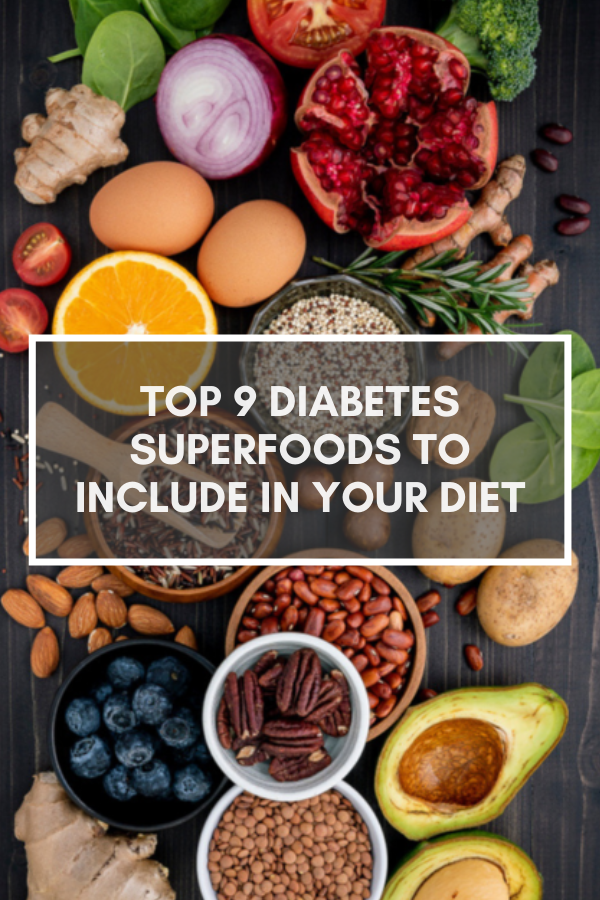
Whether you suffer from diabetes type 1 or diabetes type 2, (or even if you are just trying to prevent the development of diabetes that happens to run in your family), one of the best things you can do for yourself is change your diet and live a healthy lifestyle.
There are some superfoods for diabetes that can make a big difference in terms of mediating blood sugar levels and even fighting complications of diabetes.
Add these diabetes superfoods to your pantry to get your body where it needs to be.
Keep in mind where your foods rate on the glycemic index (GI) to ensure you are getting balanced nutrients. Low GI foods are ranked 55 or lower, according to the American Diabetes Association (ADA).
The glycemic index is a scale that ranks how fast your body turns carbohydrates into glucose. The lower the GI rank, the less impact that food has on your blood sugar.
Non-Starchy Veggies

Vegetables that aren’t starchy have a GI ranking of 55 or lower. Think leafy green veggies like kale and a rainbow assortment from beets, to carrots, to asparagus, and tomatoes.
A study done by Newcastle University showed that a low-calorie diet that consists of non-starchy veggies and liquid diet drinks were successful in reversing type 2 diabetes.
Chia Seeds
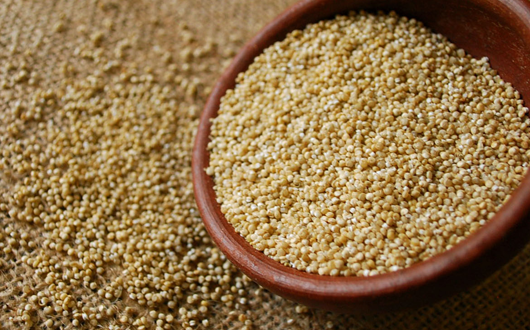
Chia seeds have gotten a lot of great marketing in the superfood world, and with good reason.
The sprouts on the popular Chia Pets are actually from the ancient grain used by both the Mayans and Aztecs called Salvia hispanica.
Chia seeds can help regular blood sugar levels, improve cardiovascular health, and reduce insulin resistance, which is commonly seen in type 2 diabetes.
Chia means oily and is high in omega-3s. Chia seeds are loaded with 10g of fiber per ounce, and are also high in calcium, antioxidants, protein, and other nutrients.
A 2007 study showed that chia seeds reduced cardiovascular risk in patients who had well-controlled type 2 diabetes.
Berries
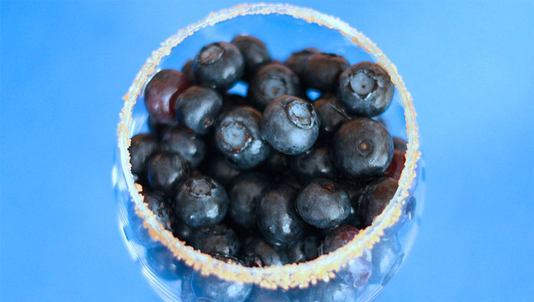
Berries are known for their powerful antioxidant properties. They are also high in vitamin C and fiber. Blueberries are extremely high in antioxidants and anti-inflammatory properties.
Berries can reduce the risk of cancer or heart disease (which is an increased risk for people who suffer from diabetes). Berries are also low on the GI scale.
A study done at the University of Illinois concluded that blackberry and blueberry wine may be effective in controlling blood sugar levels.
Non-Fat Yogurt and Milk

Dairy is a good source of vitamin D, which helps promote healthy bones. Non-fat dairy like skim milk and yogurt have low GI scores, with skim milk ranking 32 and reduced-fat yogurt containing fruit has an average of 33.
The Archives of Internal Medicine states that dairy intake is actually linked to a 9 percent reduced risk for type 2 diabetes, particularly in men.
Whole Grains
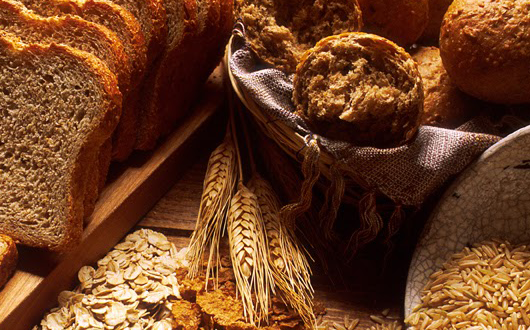
Whole grains including quinoa, barley, and lentils are a powerhouse of soluble fiber, insoluble fiber, and antioxidants.
According to PloS Medicine, eating whole grains can help decrease the risk of developing type 2 diabetes.
Another study indicated that women who ate more whole grains, cereal fiber, and bran had lower vascular inflammation, which is often associated with heart disease and type 2 diabetes.
Apple Cider Vinegar

In addition to vinegar’s anti-inflammatory and anti-fungal properties, it can help control blood glucose levels.
Vinegar contains acetic acid (the same property that makes vinegar sour), which affects the action of certain carbohydrate digestive enzymes, like sucrase, amylase, maltase, and lactase.
It causes some of them to pass through the GI tract without being fully digested, which results in less blood sugar fluctuations. Arizona State University has done studies over the past 10 years on the benefits of vinegar.
They have detected numerous health benefits in patients who suffer from diabetes who add vinegar to regular diet and exercise.
There have been average decreases in hemoglobin A1c in patients who suffer from type 2 diabetes when they consume just a few teaspoons of apple cider vinegar daily.
Another 2007 study in Diabetes Care showed that 2 tablespoons of apple cider vinegar and 1 ounce of cheese consumed before bed resulted in an average of 4 to 6 percent decreased fasting blood sugar. Vinegar is easy to incorporate into your diet.
Make homemade salad dressings or drizzle it on vegetables for a balsamic flavor.
Beans

Beans are a low-carb, low-glycemic option to get the majority of your fiber intake. Research shows that fiber not only helps you feel full longer, but also helps control blood sugar.
A study compared 200 patients either on a low-GI high fiber diet and a regular high fiber diet.
The study showed that while a regular high fiber diet averaged 0.18 percent in A1c levels, the low GI, high fiber group saw an average of 0.50 percent.
They also had an increase of HDL, which is good cholesterol.
Citrus Fruits
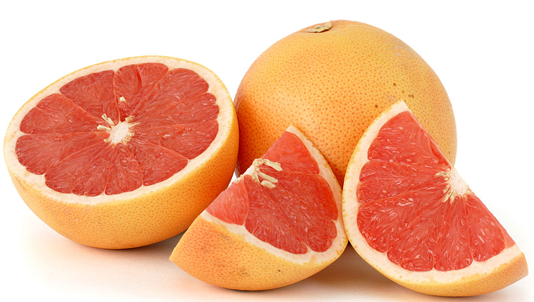
The pulp in citrus fruits like grapefruits, lemons, and oranges are a good source of soluble fiber.
Grapefruit has a GI score of 25 while oranges have a GI of 40. Go for the fruit and not the juice. According to a study published by Diabetes Care, women who ate fruit such as oranges had a decreased risk of developing diabetes while women who drank fruit juice actually had an increased risk.
Healthy Protein
Protein is not as bad as previously thought. There was a lot of speculation about the Atkin’s diet, where researchers believed that the high-protein diet meant high saturated fats, increasing cardiovascular risk.
But, protein is not always high in saturated fat. Research has actually showed that increased protein can help weight loss and glycemic control.
One study monitored people who were either on a low-fat diet, a Mediterranean diet, or a high protein/low carb diet.
All three groups lost weight, but the high protein/low carb diet group actually lost the most weight. Another study actually found that a high protein/low carbohydrate diet resulted in a 0.9 percent reduction in A1c levels, which is double what the other two diets had.
Enjoyed Top 9 Diabetes Superfoods to Include in Your Diet
? Share it with your friends so they too can follow the Superfoodsliving journey.
Share on Pinterest
